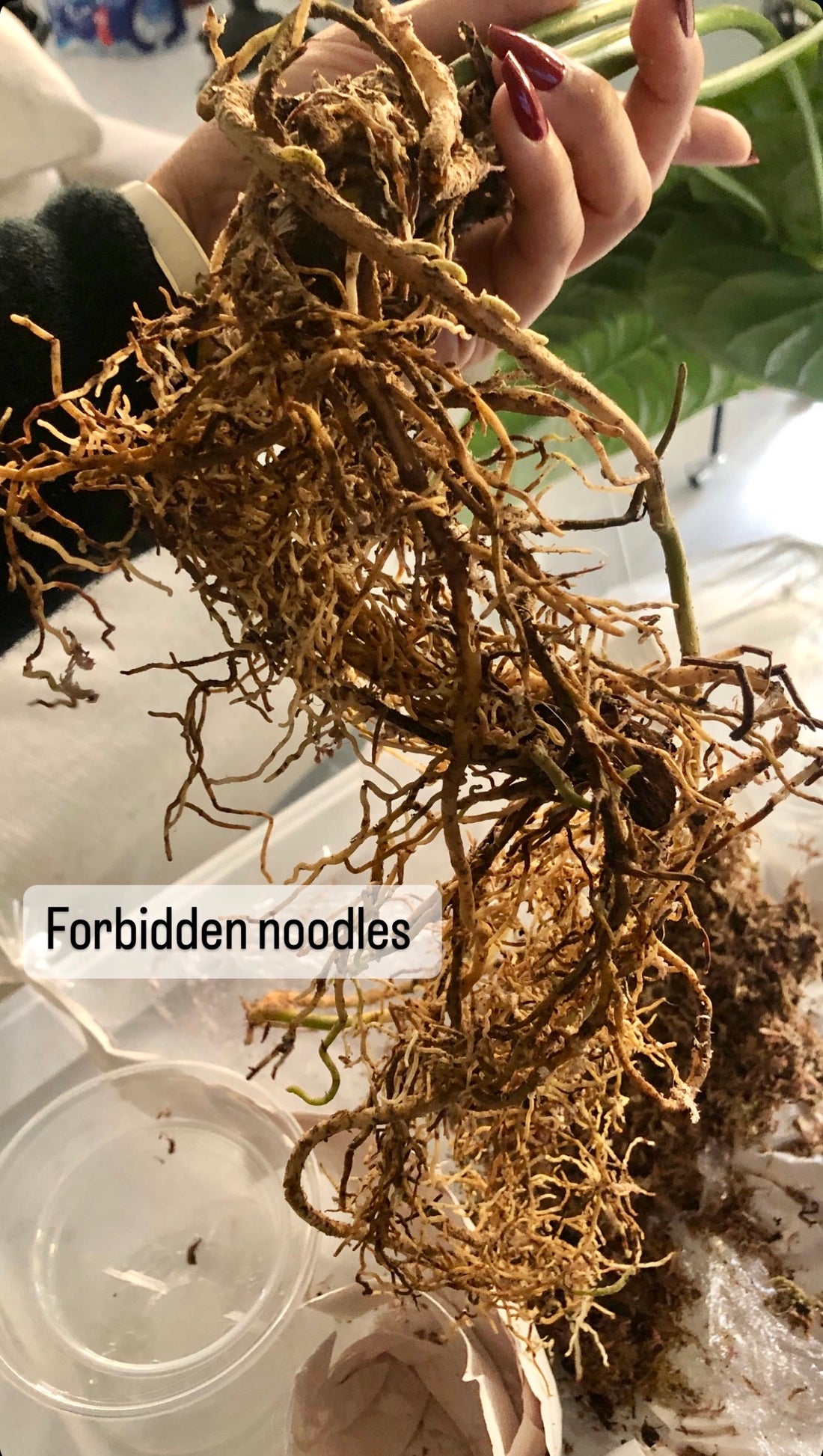
CHECK. THE. ROOTS. How to Identify and Treat Root Rot
Share
Root rot is one of the most common and challenging issues houseplant owners face. Left unchecked, it can lead to stunted growth, yellowing leaves, and even death of the plant. The good news? With the right knowledge and a few simple steps, you can often rescue plants affected by root rot and prevent it from happening again. Here’s everything you need to know to identify, treat, and prevent root rot in your indoor garden.
What Is Root Rot?
Root rot occurs when roots become waterlogged and oxygen-deprived, leading to decay. This condition is usually caused by overwatering, poor soil drainage, or pots without adequate drainage holes. As the roots decay, they lose the ability to absorb water and nutrients, weakening the plant.
1. Identifying Root Rot: Early Signs to Watch For
Root rot typically develops when the soil stays too wet for too long, creating an oxygen-starved environment where harmful bacteria or fungi thrive. Look out for these warning signs:
- Yellowing or wilting leaves that were once green and healthy
- Drooping despite watering
- Mushy, brown, or black roots (healthy roots should be firm and white or tan)
If you suspect root rot, take action immediately—catching it early can make all the difference!
2. Steps to Treat Root Rot
Once you’ve identified root rot, follow these steps to treat it:
- Step 1: Remove the Plant from its pot, being gentle to avoid breaking the roots further.
- Step 2: Rinse the Roots under lukewarm water to wash away soil and expose all affected roots.
- Step 3: Trim Rotted Roots using sterilized scissors. Remove all brown, mushy, or slimy roots, leaving only the healthy, firm roots.
- Step 4: Disinfect the Plant and Tools. Dip the remaining healthy roots in a diluted fungicide or hydrogen peroxide solution to kill lingering bacteria. Clean your tools with rubbing alcohol.
- Step 5: Repot in Fresh, Well-Draining Soil. Choose a pot with drainage holes, and use soil suited for your plant type (e.g., cactus mix for succulents, standard potting soil for most houseplants).
- Step 6: Water Carefully. Give the plant a small amount of water initially, and allow it to settle in its new pot. Monitor closely for any signs of improvement or further rot.
3. Preventing Future Root Rot
Root rot can often be prevented with proper watering and potting practices. Here are a few tips to keep root rot at bay:
- Let Soil Dry Out Between Waterings. Check the top inch or two of soil with your finger or a moisture meter before watering. Most plants prefer to dry out a bit between waterings.
- Use the Right Potting Mix. Some plants, like succulents and cacti, require fast-draining soil to avoid standing water.
- Choose Pots with Drainage Holes. Good drainage allows excess water to escape, reducing the risk of root rot. Avoid decorative pots without drainage or consider adding drainage holes.
- Avoid Letting Plants Sit in Water. If you use a saucer or cachepot, make sure to empty any excess water after watering.
4. Keeping an Eye on Recovery
After treating root rot, your plant may need time to bounce back. Here’s what to watch for as it recovers:
- Signs of Recovery: New growth, firmer leaves, and a return to a healthy color.
- Slow Down on Watering: Root-rotted plants need extra time to rebuild their root system. Water sparingly during recovery and slowly increase as new roots develop.
- Consider Propagation: If only part of the plant survives, you can take healthy cuttings to propagate. This way, you can grow a new plant if the original doesn’t fully recover.
What to Do If Root Rot Returns
If root rot persists despite treatment, it may indicate an unsuitable potting environment or a deeper fungal issue. In this case:
- Try switching to a different potting mix with even better drainage.
- Consider moving the plant to a location with better airflow and indirect light to promote evaporation.
- Reevaluate your watering habits, using a moisture meter as a guide.
Final Thoughts
Root rot can be a stressful experience for any plant parent, but with quick action and proper care, most plants can recover. By maintaining good drainage, following a mindful watering schedule, and being vigilant for early signs of rot, you can help ensure your plants stay healthy from root to leaf.
Explore more tips on keeping your houseplants happy and thriving, and visit our store to find the right pots (coming soon), soil, and tools for your plant care routine!
